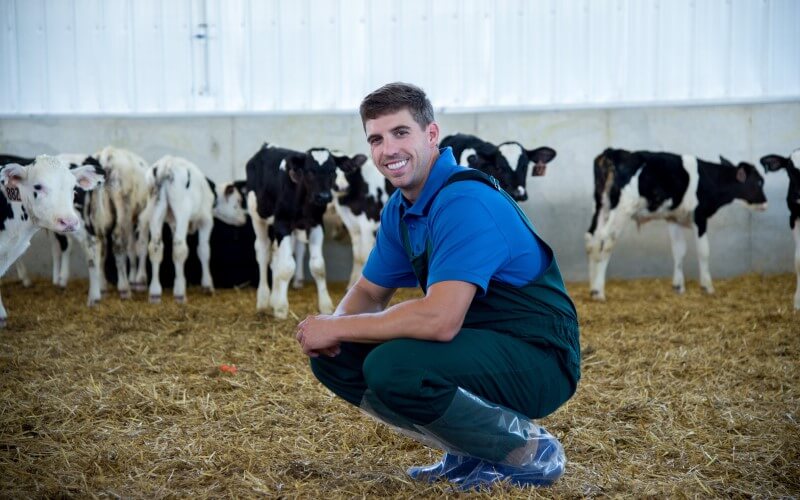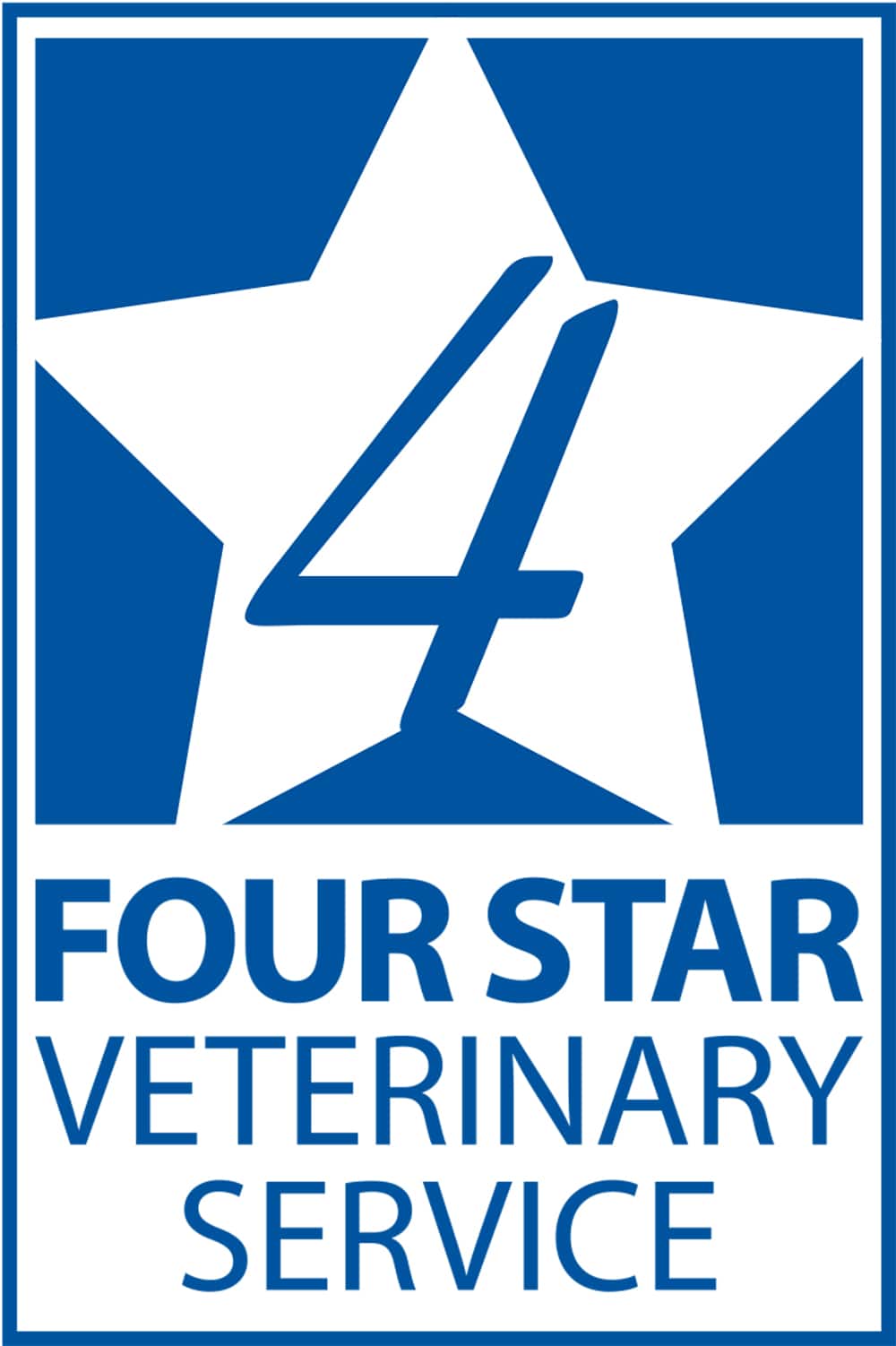
Cattle suffering from heat stress will go off feed and, in some cases, become more susceptible to respiratory disease. Using just a few tactics to reduce the effects of hot weather will help keep cattle healthy and productive.
“We are seeing a lot of heat stress in cattle late this summer,” reported Taylor Engle, DVM, with Four Star Veterinary Service in Chickasaw, Ohio.
“Cattle will really back off feed and drink more water when heat stressed. You also may see them standing around in a wet spot in a dry lot, or with a frothy mouth and panting. At that point, you are in a tough spot.
“The biggest things cattle need are good air quality, clean water, dry bedding and plenty of shade in dry lots for good husbandry…and more water availability,” he added.
Add shade to dry lots
Most of the cattle Engle works with are either in dry lots or in smaller feedyards with a retrofitted dairy barn or lean-to facility. Cattle can become stressed in both situations if not managed correctly.
For dry-lot cattle, Engle recommends putting up inexpensive shade cloths to provide some protection from the sun.
“Shade cloths are designed to allow cattle feeling the heat to get under some shade,” he explained. “Then they can bounce back and forth between the feed, shade and water. It’s also a good way to increase feed intake during these hot, stressful times.”
Air, quality bedding in barns
A renovated barn can pose other problems especially if the cattle are kept confined with no access to an outside yard.
“A lot of these barns lack good ventilation so that exacerbates heat stress,” Engle said. “It gets hot; the bedding quality is poor, and humidity increases. Cattle will tend to congregate together which makes the situation worst because they will continue to produce more manure in a single spot which exacerbates the ammonia and humidity in the barn.”
Engle calls this mixture a recipe for disaster. “The ammonia from the urine and manure damages the cilia in the respiratory tract and reduces the animal’s ability to breathe out pathogens. We see a huge increase in respiratory disease when cattle are kept in these types of facilities.”
The best solution is to use a dry lot or yard with these barns. Engle suggested keeping the cattle in the barn during the hot daytime and pushing them outside at night where they breathe fresh air. This practice also will reduce the amount of manure ending up in the barn, which is another advantage.
Electrolytes, water, feed
“The other thing I focus on with heat stress is preventing dehydration,” Engle said. “When cattle get dehydrated, their mucus thins out, and they need fluid to cough up pathogens. It also allows things like leaky gut syndrome to occur because the normal immune functions of the calf are gone. It becomes a wildfire and is hard to get ahead of it.”
His advice to prevent issues with dehydration is to run electrolytes in the water whenever it gets hot, especially over 90° F.
“If it’s already hot, you should be running electrolytes to help calves increase water intake,” he said. “It’s cheap insurance.”
In addition, always provide plenty of water for the cattle. “I’ve never been to a farm where I said there’s too much water, or we had to provide less water availability,” he said.
“It’s also best to increase feed intake during these stressful times,” he added. Calves tend to eat more when shade and plenty of water are also provided in a hot dry-lot environment.
